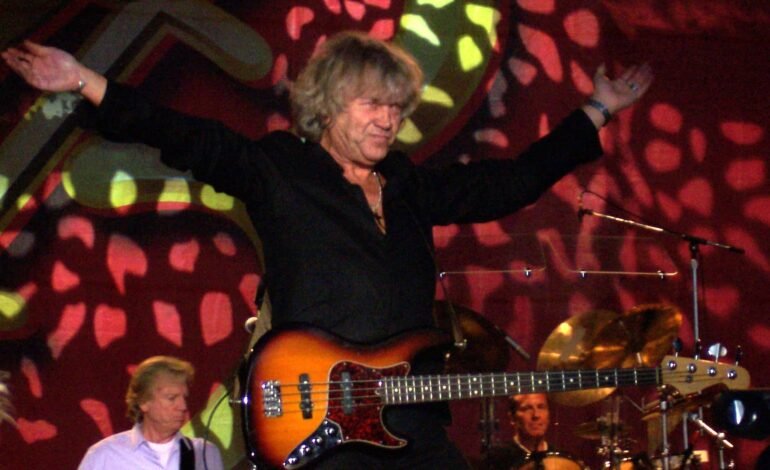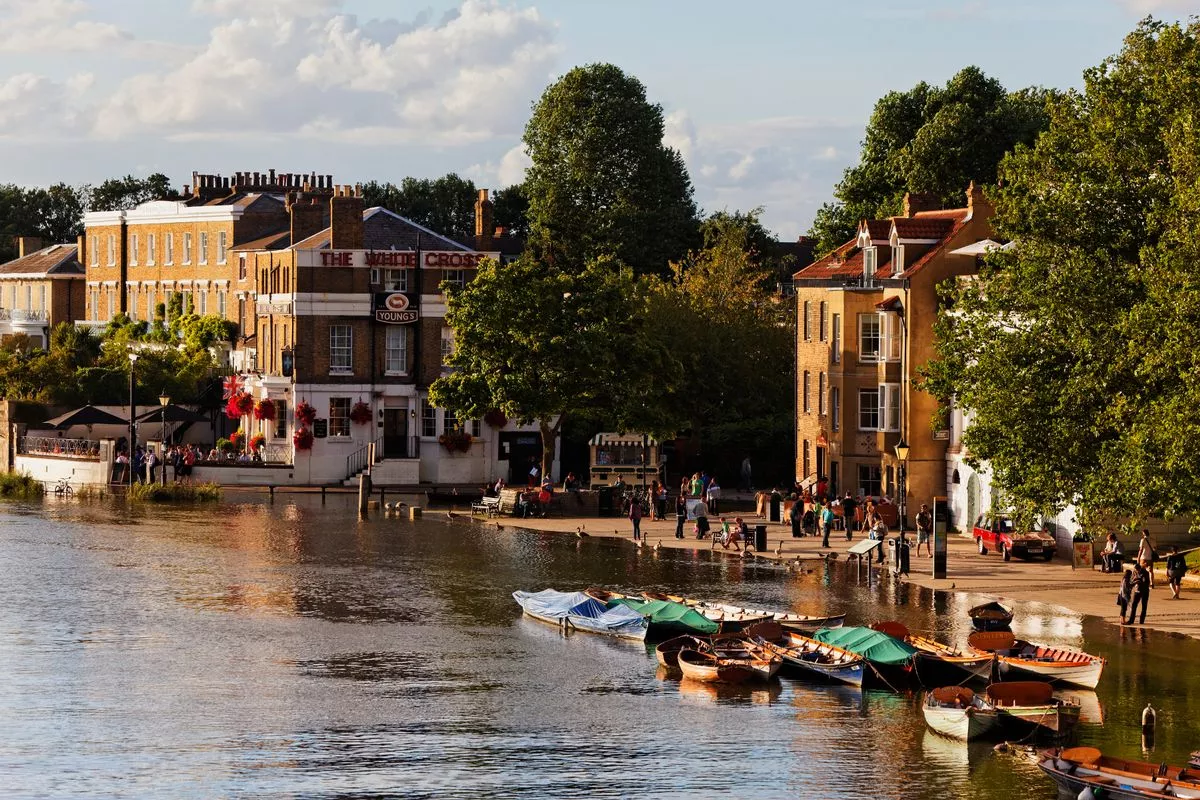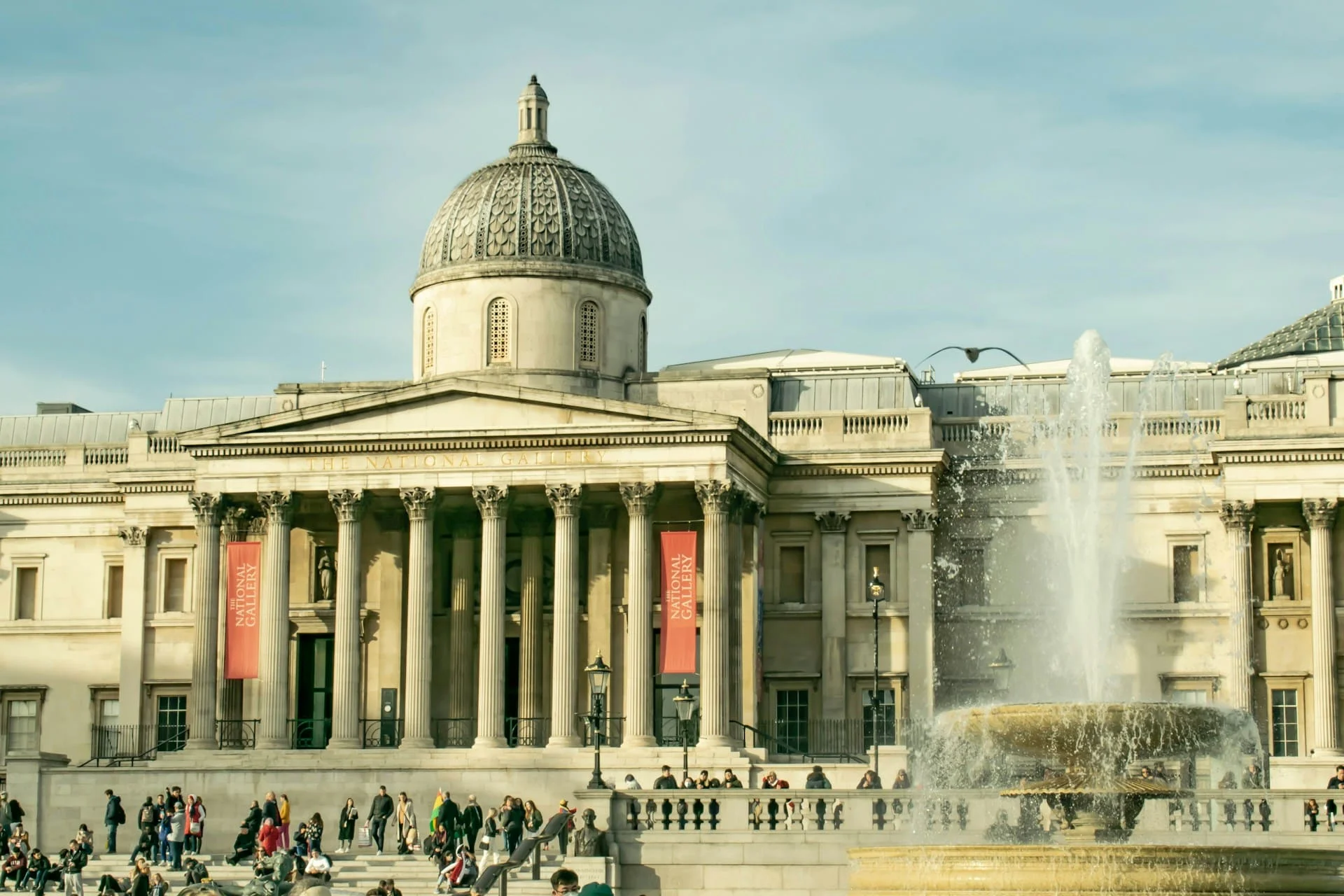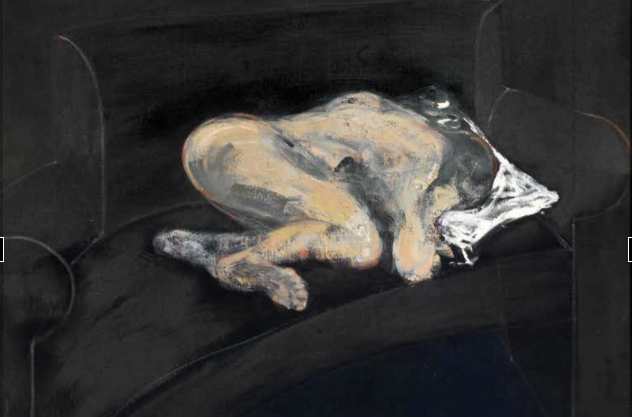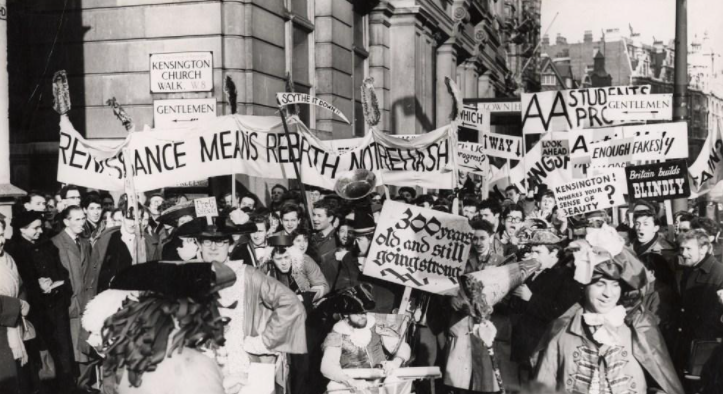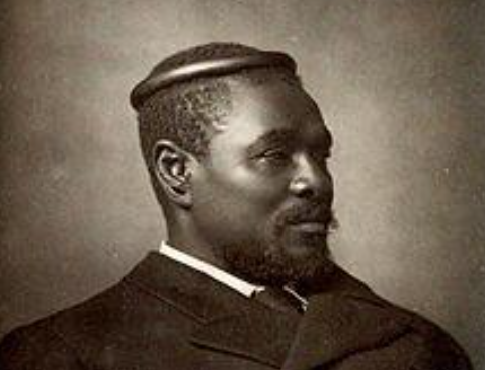Stones, Sands and Stories: Morocco’s UNESCO Nine
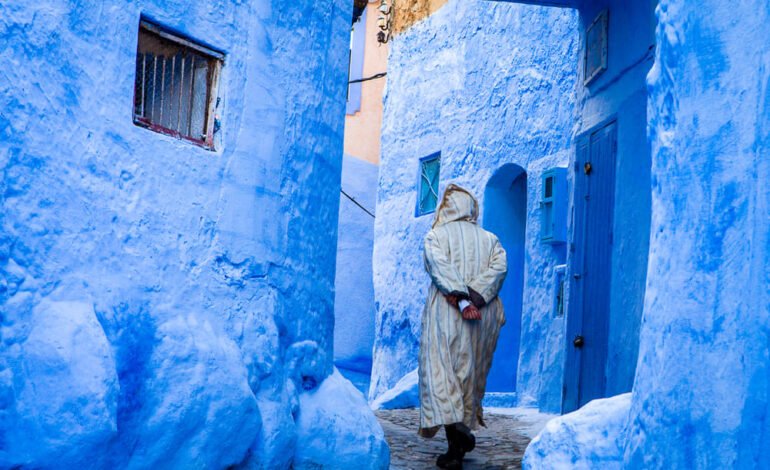
From ancient medinas and caravan routes to coastal ramparts that once linked continents, Morocco holds layers of history that remain astonishingly intact. At the meeting point of Amazigh, Arab, and European influences, its cities and landscapes reveal a story of shifting empires, thriving trade, and cultural exchange that shaped the Mediterranean world.
Nine UNESCO World Heritage Sites trace this journey across the centuries. Each one is a living testament to Morocco’s place at the crossroads of civilisations.
Travel & Heritage — Explore with EyeOnLondon
Inspiring journeys, culture-rich stays and day trips worth planning.
Quirky UK Stays: Historic hideaways with character
From lighthouse keepers’ cottages to converted chapels, unusual stays that put heritage front and centre.
Read the featureMore Travel & Heritage
Kazakhstan: Travel surprises in the steppe and the city
Why Central Asia’s largest country deserves a place on your list, from futurist skylines to Silk Road echoes.
Read the featureMore Travel & Heritage
Extreme Day Trips: One day, one passport
Ambitious itineraries that squeeze maximum culture and scenery into a single adventurous day.
Read the featureMore Travel & Heritage
Fes: Knowledge and Craft
Designated in 1981, the medina of Fes is a city within a city, a labyrinth of more than 9,000 alleyways. Founded in the 9th century, it flourished under Marinid rule in the 13th and 14th centuries, when it stood shoulder to shoulder with Cairo as a centre of learning and commerce.
The University of al-Qarawiyyin, established in 857 by Fatima al-Fihri, is considered the world’s oldest existing university. Wandering through the medina, you’ll encounter tiled fountains, caravanserais, madrassas and, perhaps most famously, the pungent tanneries where leather is still dyed in vats of vivid colour. For more, visit UNESCO’s official listing and al-Qarawiyyin.
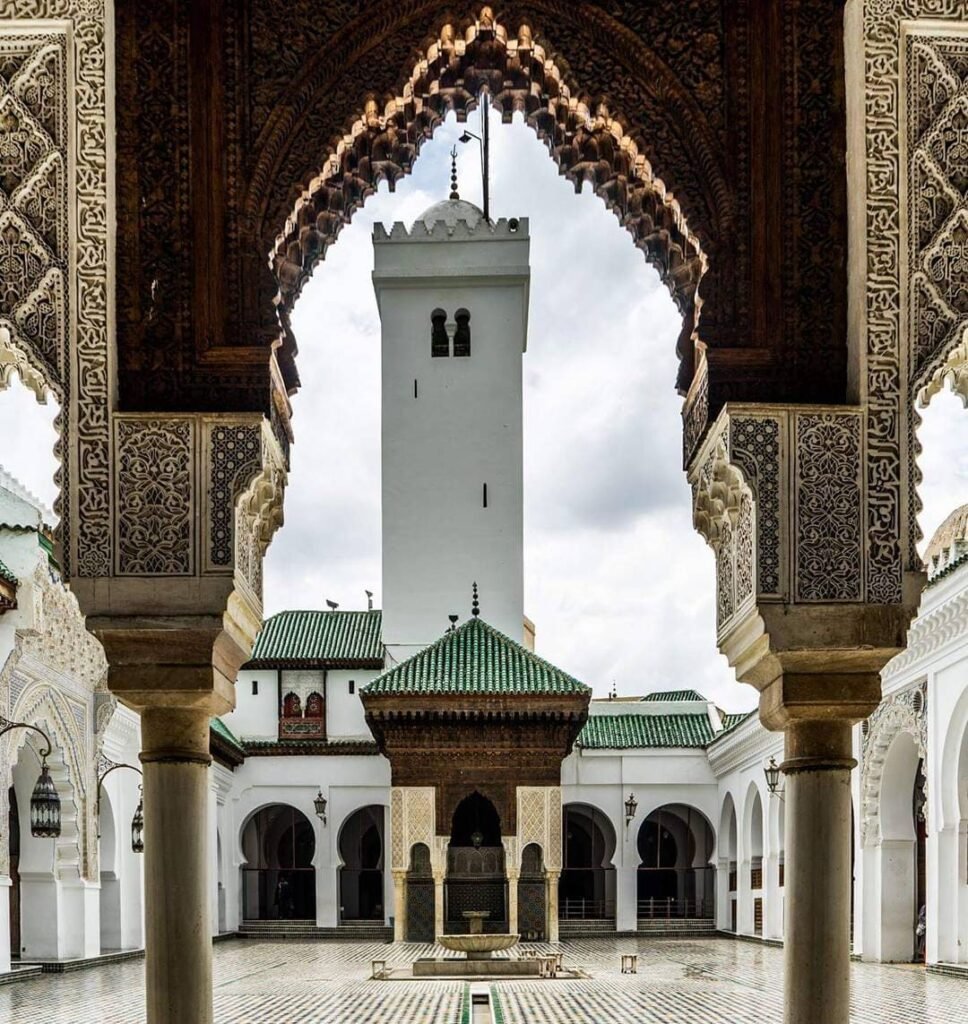
Marrakech: The Red City
Listed in 1985, Marrakech owes its nickname to the red clay walls that have stood since the 12th century. Its main square, Jemaa el-Fna, pulses with the rhythm of musicians, storytellers, and food vendors as the sun sets over the Atlas foothills.
Nearby, the 77-metre minaret of the Koutoubia Mosque echoes architectural ideas that travelled north to inspire the Giralda in Seville. The heart of Marrakech beats strongest inside its medina, where alleyways hide 16th-century madrassas, hammams and terraces that offer sweeping views of the old city. REad more at UNESCO.
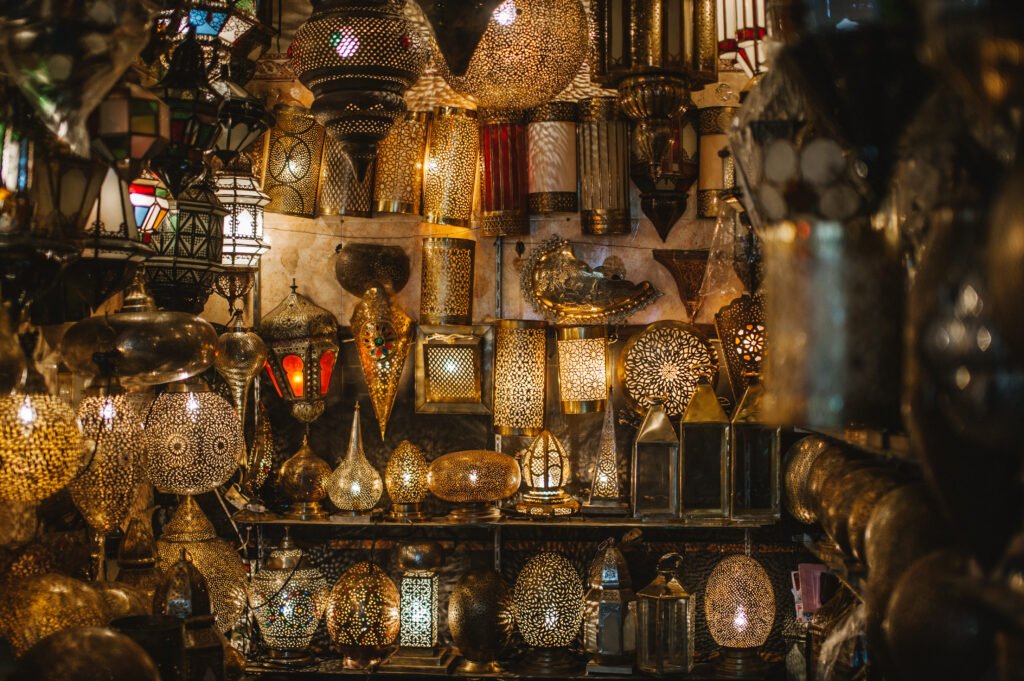
Ait Ben Haddou: Desert Sentinel
A fortified village inscribed in 1987, Ait Ben Haddou embodies the architectural traditions of southern Morocco. Built in rammed earth and straw, it stands on the old caravan route linking the Sahara with Marrakech.
The ksar’s red towers have appeared in many films and series, from Lawrence of Arabia to Game of Thrones, but their real power lies in their endurance. Set against the High Atlas mountains, it’s a place where history and legend intertwine. Find out more at UNESCO.
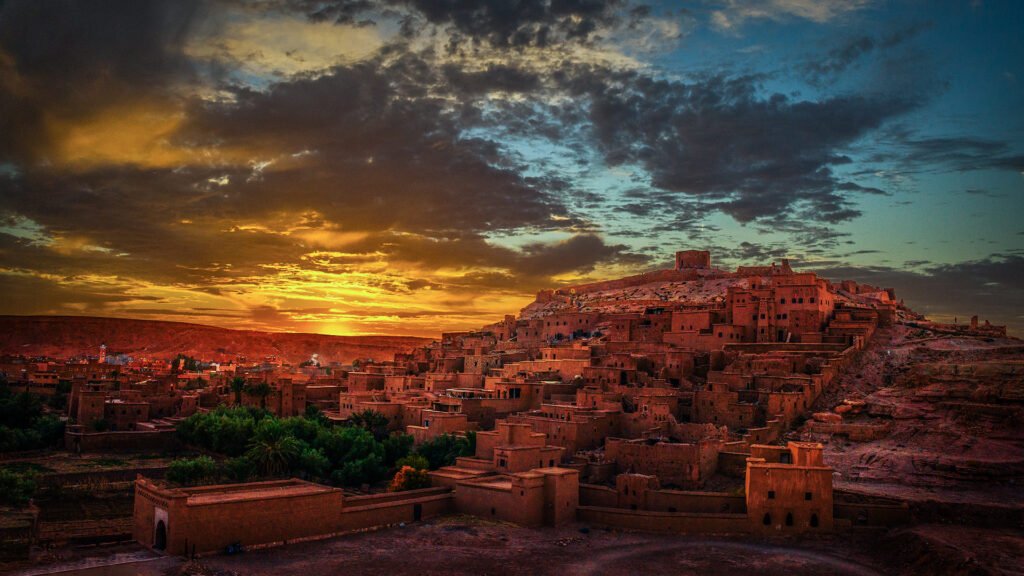
Meknes: The Imperial Vision
Founded in the 11th century, Meknes became the Alawi dynasty’s capital under Sultan Moulay Ismail in the 17th century. He envisioned a city to rival Versailles, building monumental gates and vast palaces.
The ornate Bab al-Mansour gate and Place al-Hedim still frame the city’s ceremonial heart. Inside, the zellij tiles of Bou Inania Madrasa shimmer in intricate patterns, reminders of Morocco’s exquisite craftsmanship. Explore the UNESCO site here.
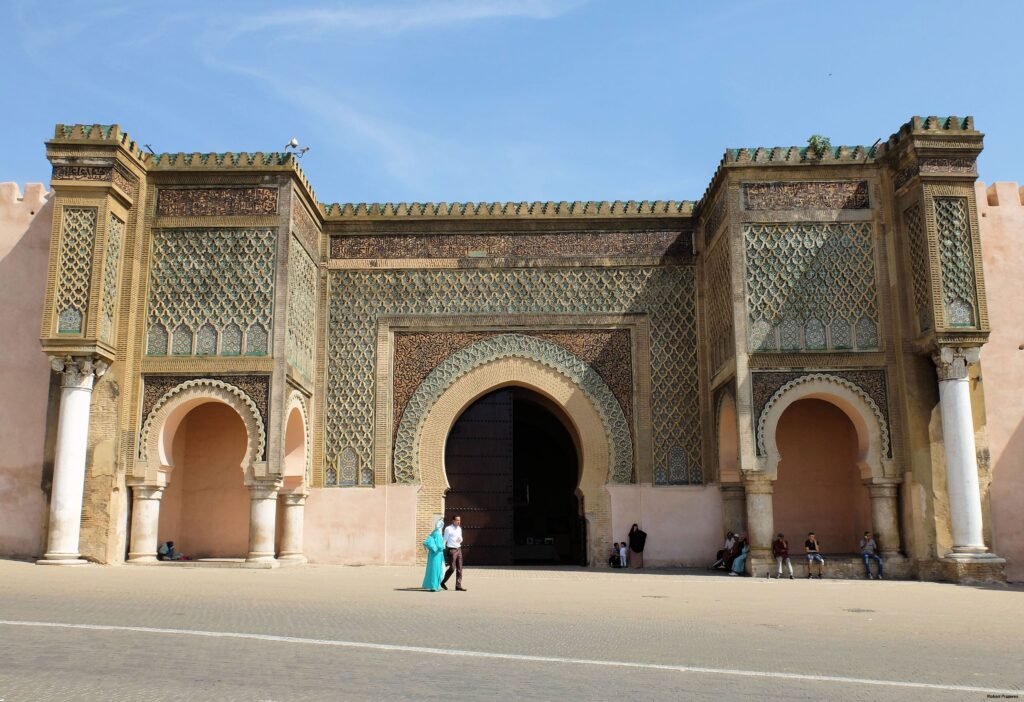
Tetouan: Andalusian Echoes
Tetouan, inscribed in 1997, bears the imprint of Andalusian refugees who built its medina after the Reconquista. Its whitewashed buildings spill down the slopes of Jebel Dersa, framed by city walls pierced with seven gates.
The Darija dialect here carries traces of Spanish, as do the elegant arches and courtyards. From mule-drawn carts carrying fruit to the scent of spiced harira soup, Tetouan feels both intimate and storied. Visit UNESCO here.
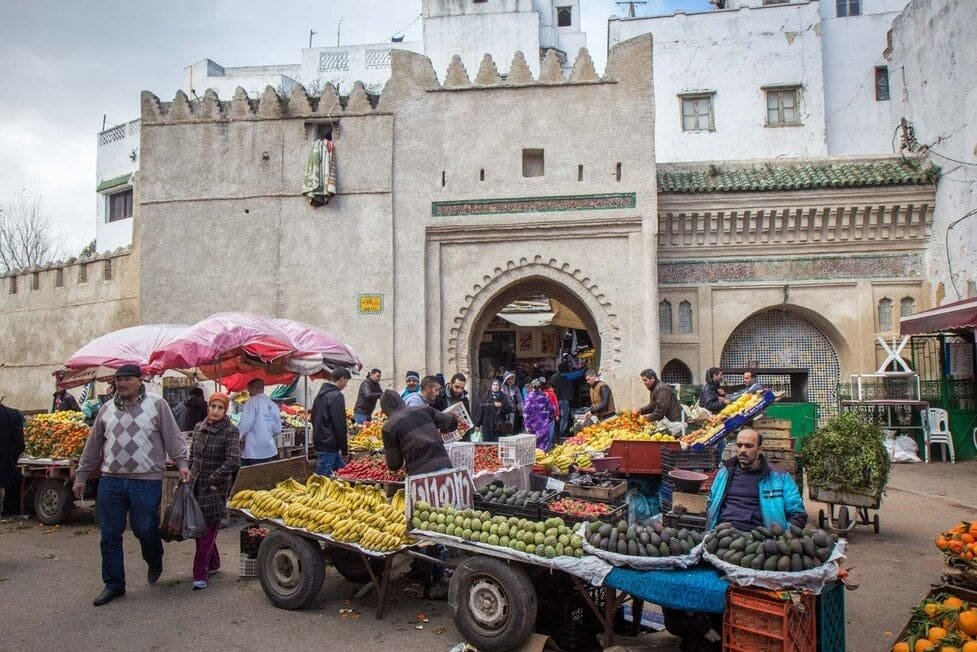
Volubilis: Rome’s Southern Edge
The Roman city of Volubilis, designated in 1997, stands on a plain once filled with olive groves. Founded in the 3rd century BCE, it became a prosperous outpost of the Roman Empire before passing into Idrisid hands centuries later.
The site’s triumphal arch, detailed mosaics and colonnaded streets speak of a layered history—one that bridges antiquity and Islam. Discover the magic of Volubilis.
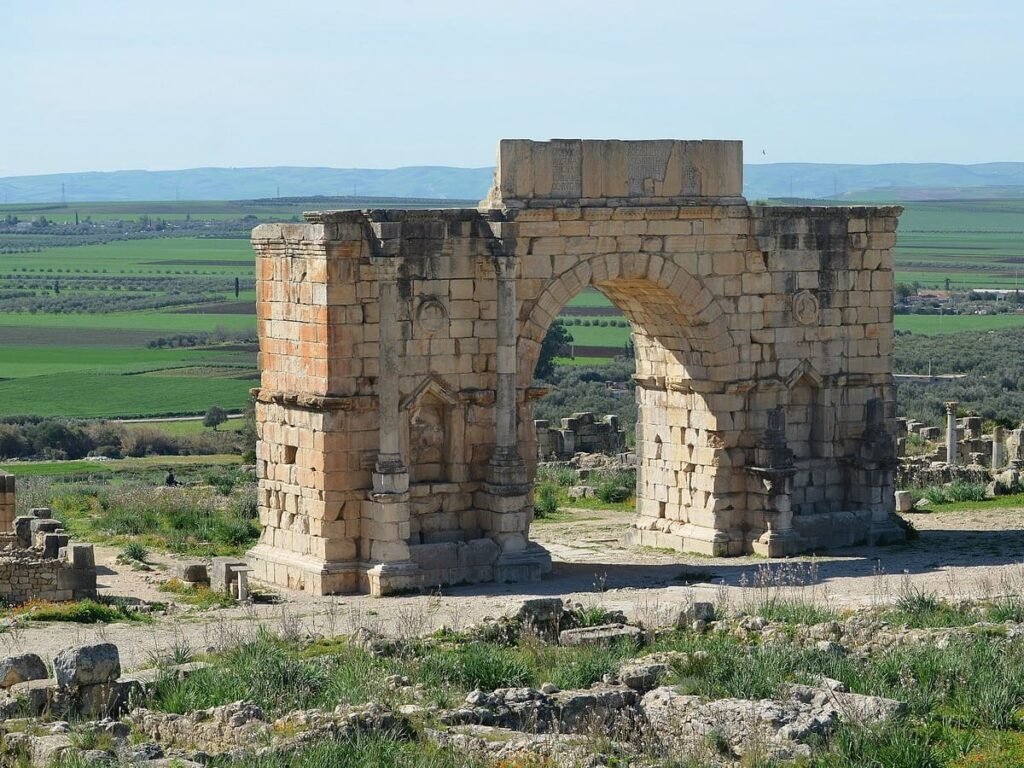
Essaouira: The Windy Port
In 2001, Essaouira earned UNESCO recognition for its 18th-century medina and strategic Atlantic port. Designed by a mix of Moroccan and European architects, its ramparts and bastions still overlook fishing boats rocking gently in the wind.
Essaouira is also the home of Gnaoua music, whose rhythms echo through alleyways and festivals. Its Jewish quarter, mellah, and synagogues trace the city’s layered communities.
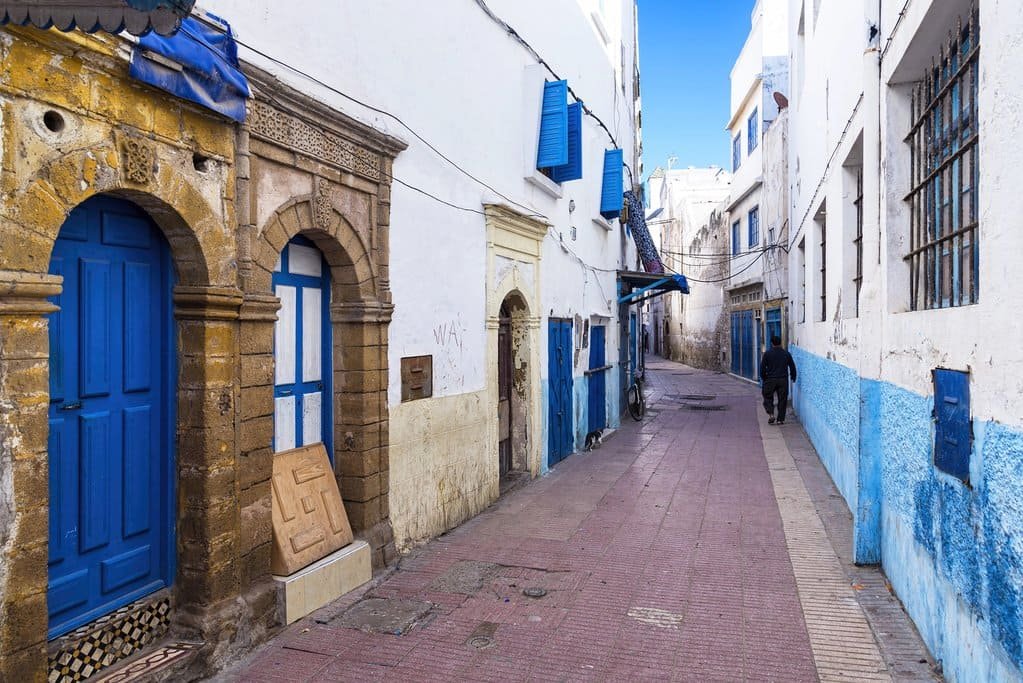
Mazagan (El Jadida): Portuguese Legacy
Founded in the 16th century by the Portuguese, Mazagan (now El Jadida) was one of their first African strongholds. Its star-shaped fortress and remarkable underground cistern whisper stories of conquest and trade.
After the Portuguese departed, the city flourished as a place where mosques, churches and synagogues stood side by side. See more here.
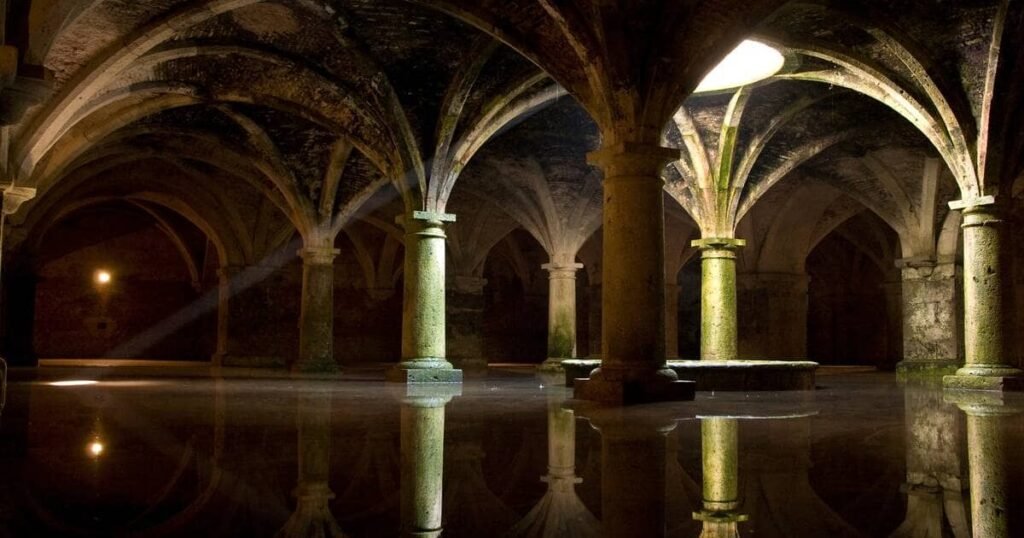
Rabat: A Living Capital
The capital, Rabat, inscribed in 2012, blends Almohad fortifications with modernist town planning from the French Protectorate era. Ancient sites like Chellah stand only a short walk from the royal palace and contemporary galleries.
Strolling through the Kasbah des Oudayas, with the Atlantic wind at your back, is to witness a city that embraces both its past and present. Learn more at UNESCO.
A Country Written in Stone and Song
Morocco’s heritage sites are not static relics; they are living cities, vibrant villages, and enduring landscapes. To walk their streets is to step into stories that span centuries.
For more on visiting UNESCO World Heritage Sites, see the official UNESCO World Heritage Centre for practical details and conservation information.
For more features exploring the world’s history, architecture and living traditions, follow EyeOnLondon for insightful storytelling you can trust. We’d love to hear your favourite UNESCO site in the comments.
[Image Credit | Fred Dunn | Europe2Asia]
Follow us on:
Subscribe to our YouTube channel for the latest videos and updates!
We value your thoughts! Share your feedback and help us make EyeOnLondon even better!

